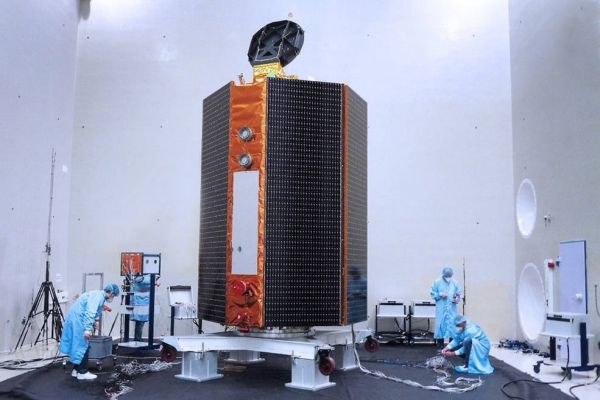Once the state-of-the-art Sentinel-6 Michael Freilich satellite launches in November, it will collect the most accurate data yet on sea level — a key indicator of how Earth's warming climate is affecting the oceans, weather and coastlines. But first, engineers need to ensure that the spacecraft can survive the rigors of launch and of operating in the harsh environment of space. That's where meticulous testing comes in.
At the end of May, engineers finished putting the spacecraft — which is being built in Germany — through a battery of tests that began in November 2019. "If it can survive all the abuse we deliberately put it through on the ground, then it's ready for space," said John Oswald, the mission's deputy project manager at NASA's Jet Propulsion Laboratory in Southern California.
The Sentinel-6 Michael Freilich spacecraft is a part of the Copernicus Sentinel-6/Jason-CS (Continuity of Service) mission, a joint U.S.-European effort in which two identical satellites will be launched five years apart.
Continue reading at NASA Jet Propulsion Laboratory
Image via NASA Jet Propulsion Laboratory


